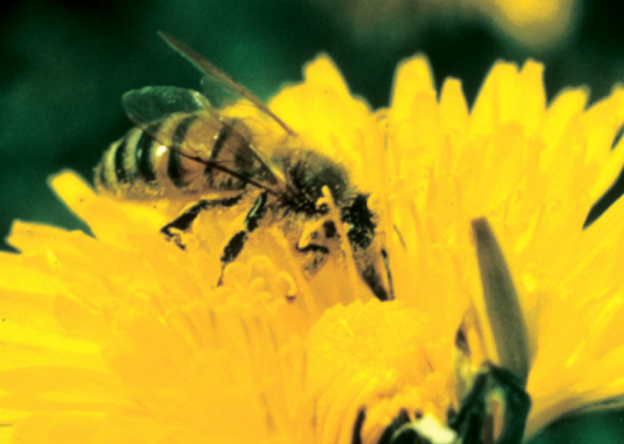Aug 5, 2022Commercial honeybee colony losses down
The annual honey bee colony survey is out: commercial colony losses were down, but some backyard beekeepers lost more colonies than ever.
Every year, beekeepers expect to replace some of their colonies as they die off from things like introduced parasites, diseases, starvation, or other causes. Since 2007, the nonprofit Bee Informed Partnership (BIP) has been tracking the turnover rate of managed hives in the U.S. in collaboration with the University of Maryland and Auburn University.
The current national Colony Loss Management Survey shows that from April 1, 2021 through April 1, 2022, beekeepers in the U.S. lost an estimated 39% of their honey bee colonies, which was slightly less than the average loss rate of 39.7%. This represents a big improvement over last year, when beekeepers lost an estimated 50.8% of their hives — the highest annual loss on record.
“This year was a pretty average turnover year overall for beekeepers in the U.S.,” said Nathalie Steinhauer, BIP’s science coordinator and a post-doctoral researcher in UMD’s Department of Entomology. “But when you break out the results by type of operation, it’s a different story for commercial beekeepers who had slightly lower than average losses and backyard beekeepers who have had record losses two years in a row.”
Backyard beekeepers (those managing less than 50 colonies) reported a 58.5% turnover rate in 2021-22, which is much higher than their average loss rate of 47.9% and higher than the previous record loss of 56.3% set in 2020-21.
The survey did not address the reasons for these record high losses, but it revealed a lot of variability among backyard beekeepers, with some experiencing very high losses compared to others. Researchers can use the survey data to understand more about the bee colonies lost. They could determine, for instance, if the high losses were concentrated in specific regions, which may indicate poor weather or a pathogen outbreak, or whether losses were greatest among less experienced beekeepers, which may reflect the influx of hobbyists during the COVID-19 pandemic.
“We can’t say what contributes to the results for a given year,” said Geoffrey Williams, assistant professor of entomology at Auburn University and co-author of the survey. “But having these long-term data sets through the Colony Loss and Management Survey offers an important record that can reveal trends and help us identify when something important changes. Year over year survey results can help the researchers identify and explore the factors contributing to extreme years as well as long-term trends over time.”
Before the start of the survey in 2007, no rigorous record was kept of the loss rates of colonies, making it difficult to analyze trends or compare historical turnover rates across years.
For more detailed results on the 2021-22 survey, see the preliminary report at https://beeinformed.org.
For more information about the Bee Informed Partnership’s annual national Colony Loss and Management Survey, visit https://beeinformed.org/citizen-science/loss-and-management-survey.
– Kimbra Cutlip, University of Maryland















